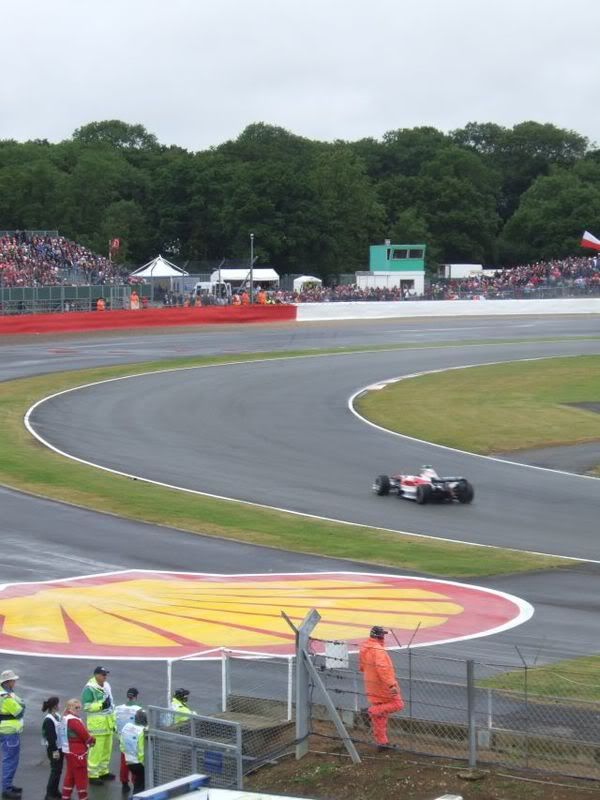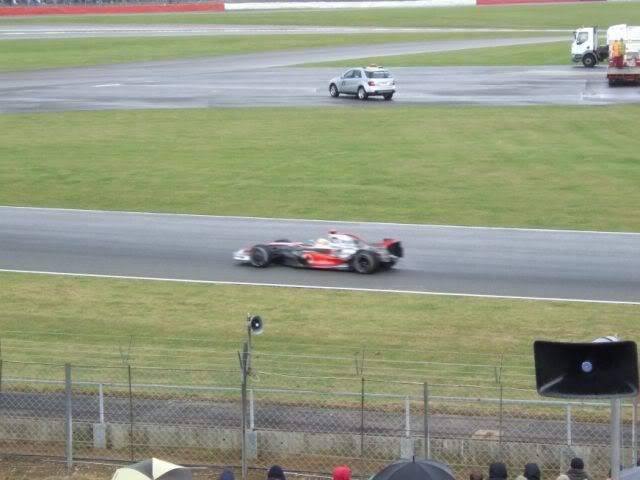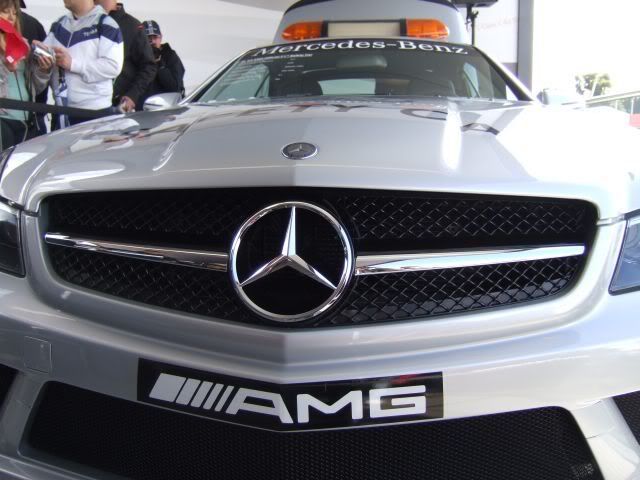***Warning - None of this post is written by a qualified individual. Please seek advice from a suitable party before considering any change in diet or lifestyle as it may severely affect your health and well being.***
Myths:Firstly let's dispel some myths about body fat. I've read (on some of the better climbing forums) people claiming body fat percentages as low as 4%, whereas this is not impossible, I have NEVER seen a single climber who would actually live up to this claim. Bruce lee (pictured below pulling off an impressive front lat spread) was rumoured to have reached the fabled level of 5%, but in this picture he is far off this level and once again I believe this could be a myth propagated by fitness magazines and the general media knowing very little on the subject.

At around 15% body fat (in males) the abdominals begin to show definition, below 12% you start to develop a decent cut and shape around most of the central abdominal muscles. Below 10% further definition continues especially on the surrounding areas such as the Serratus (fingers of muscle which span from the side at chest level into the upper abdominal region). 8% and you're starting to look like an anatomy chart. Finally the hallowed ~5% , at this level striations are apparent and the body will have obvious vascularity (I'm not talking about blue lines under the skin here, I mean veins like somebody draped a power cord over your muscles). Dorian Yates is pictured below at what is probably around that level (N.B. Being this low is NOT good for you and is generally only carried out for short periods of time, it's also very unsustainable).

Now this brings me back to climbers; who do you know that has that kind of definition, separation and vascularity (even just on the muscles that we mainly stress in climbing)? Ignore what the machines down at your local gym tell you, or the free hand held device you were given when you spent £50 on petrol at Tesco's, even ignore calliper measurements,
the mirror never lies.
Another Myth I wish to dispel is spot reduction of fat. It is impossible! The only way crunches vaguely help you loose body fat around your stomach is by increasing the vascularity of the muscle group, thus allowing it more blood supply and more potential for fat oxidisation/mobilisation.
Why?The climbing press has recently highlighted its concerns as to the health and well being of some top climbers, suggesting that a few may have dietary conditions such as Anorexia and are using unsafe weight loss techniques to ensure a high power to weight ratio. It has also been suggested that this is particularly common in female competition climbers who find it much easier to loose weight than to gain the equivalent power. I can't really comment on whether or not this is true.
Stevie Haston has backed up the point with a few examples from his own experience.
The problem with the above (apart from the serious health implications) is that weight loss does not differentiate between muscle and fat. It is much harder to loose fat and retain lean body mass (LBM) than it is to just loose weight, this is apparent in celebrity culture where the latest person in the limelight will crash diet and look like a walking skeleton.

The methods generally used to achieve this look slow down the metabolism and as soon as the person returns to a normal diet, a high amount of body fat is instantly gained. Obviously it's not wise for anyone to employ such tactics, especially sports people who will swiftly loose any hard earned strength gains.
Short term manipulation of body composition can however be beneficial and help in gaining that elusive goal, more to the point it can be carried out in a safe manner, allowing lean body mass to be retained.
Diet Types:A brief look at 3 main diet types:
The Bulk - A high calorific excess is taken in daily, allowing for swift gains in muscle size due to increases in muscle and also each muscle gaining a large covering of fat. A bulk is usually followed by a cut in which the fat is lost, as well as some of the muscle gains.
The Lean Bulk - A smaller calorific excess is taken in daily, gains are slower but the increase in body fat percentage is also much slower. This method usually negates the need to cut. If this is not the case the cutting period is greatly reduced. Personally this seems like a sensible method for climbers during strength phases.
The Cut - A calorific deficit is taken in daily (200-300Kcals below maintenance), teamed with an exercise plan and clean eating this will lead to a decrease in body fat percentage.
Clean EatingBefore starting any of the above it is essential to eat 'Clean' for the first few weeks. Clean foods consist of (but are not limited to):
Carbs:
Wholewheat/Spinach/Beetroot Pasta
Brown Rice
Porridge Oats
Protein:
Eggs
Chicken
Pork
Beef
Lamb
Tuna
Salmon
Mackerel
Cottage Cheese
Fats:
Olive Oil
Eggs
Nuts
Meat
Vitamins & Minerals:
Most veg, preferably green leafy
EFA's (Essential Fatty Acids):
Mackerel
Salmon
Cod
Flax Seed
Nuts
Fish Oil Supplements Complex carbs are in, low GI foods, leafy veg and good protein sources. Empty calories are avoided, simple carbs, sugars (fructose, so fruit is out) etc. The only place these are relevant in a cutting diet is post workout (PWO) Simple carbs such as Dextrose are found in many recovery shakes. (If you must sweeten things such as porridge oats use a natural sugar such as honey, set seems to be sweet so you'll use a little less)
No alcohol!The MethodFind out your calorific maintenance level, for women this is usually around 2000 Kcals and for men 2500 Kcals. Subtract 200-300 Kcals from that and you have your daily aim. The deficit can be further reduced (to around 400-500 Kcals) at a later stage if progress is slow. It is important to never dip below 1400 Kcals per day as this will stall your metabolism and make it cling to your body fat until the bitter end, you have been warned.
Your daily intake should be split into six equally spaced meals, the first of which should be a complex carb such as porridge oats and the last of which should be a slow digesting protein, this prevents your LBM being used as an energy source as you sleep.
The rest of the meals should consist of a protein source and if at all possible some kind of green veg. (Malc wasn't far off with steak and broccoli)
Using a website such as
fitday.com (i'm sure a uk version exists), plan your meals for the next day aiming for a split of 50% protein, 30% Carbs, 20% Fat (NOT SATURATED FAT!). Aim to hit your target amount of calories and to split the calories evenly throughout the day.
CheatingAs the above is very restrictive it is often wise to allow a cheat meal. People have different methods of cheating, some allow one meal a week, others 2 meals a month. Some even allow themselves a whole day per week! Whatever you choose to do accept that this will slow down progress however it is likely to prevent you from having a complete dietary lapse and loosing all of you're effort up to that point. Do not take cheating to the extreme as you know plain well three Donner kebabs is overdoing it.
HydrationDrink lots, more than you usually do by far.
Exercise:(Not applicable if you're climbing regularly)
Of course the above won't really do a great deal if it's not partnered with a decent exercise schedule. Try to keep sessions short (especially when lifting weights, 1 hour max) and hard.
Aim for 5-6 days a week and ensure one full rest day.
To help speed things up cardiovascular exercise can also be utilised. Do not undertake steady state cardio, instead carry out High Intensity Interval Training (HIIT) 2-3 days a week for no more than 15-20 mins. It has been suggested in various publications that this can be undertaken before breakfast, do not do this, it's been shown to weaken the immune system.
HIIT: 5 mins warm up of chosen exercise e.g running
followed by 15-20 mins
30 sec's Sprinting (Ensure this is roughly 90% of your maxiumum effort at every interval)
60 sec's Light Joggging
It may be tempting to do more, don't. Rushing things will inevitably lead to doing something wrong.
Supplementation:Supplemetns are exactly that, supplementary. If the basics aren't right these aren't going to make a great deal of diference.
Thermogenics - work by briefly increasing the metabolic rate, people experience mixed results and these are not suitable for some people to take *CHECK THIS WITH SOMEONE WHO KNOWS*. They also make you sweat a lot.
Sesamine - Is an extract taken from sesame seed oil. It has been shown to help mobilise stubborn fatty deposits. Some people experience total loss of sexual desire while taking this product.
Fish Oils - A common household supplement in this day and age. When stacked with Sesamine results are increased.
Green Tea - As in the drink, has been found to help in fat oxidisation, the problem is that to get a useful dose you need to drink a hell of a lot of this stuff (7 cups per day). As many people don't find this practical or hate the taste (Clipper seems nice to me and fair trade, unbleached etc.) it is available in tablet form. These tablets often contain caffeine.
Protein - You might find if you are undertaking a cut it's hard to get in enough protein within a day. Protein shakes obviously can help this, pick the right one preferably low in simple carbs. Some companies have developed bedtime formula's to allow convenient access to slow digesting (Cassein) proteins.
Supplements usually aren't cheap, shop around a lot and avoid Holland and Barrett like the plague (for most things anyway).
Myprotein.co.uk supply a good range of sports and health supplements at a reasonable price, it seems to me that taste is often compromised compared to the bigger brands.
Guaging ProgressDon't use the scales to measure progess, your daily weight will vary depending on all sorts of factors, even more so if you're a woman. Use a mirror or take a photograph, 4-6 weeks later take another and compare.
In the end:If you've been bothered to carry out any of the above revel in your new found lean self and hopefully that elusive tick. After this re-think your diet, where to next?
***Climbers reading this: It is unlikely that any of the above is at all applicable, go out and climb instead. I can promise you it will be more fun!***
***Warning - None of the above is written by a qualified individual. Please seek advice from a suitable party before considering any change in diet or lifestyle as it may severely affect your health and well being.***










